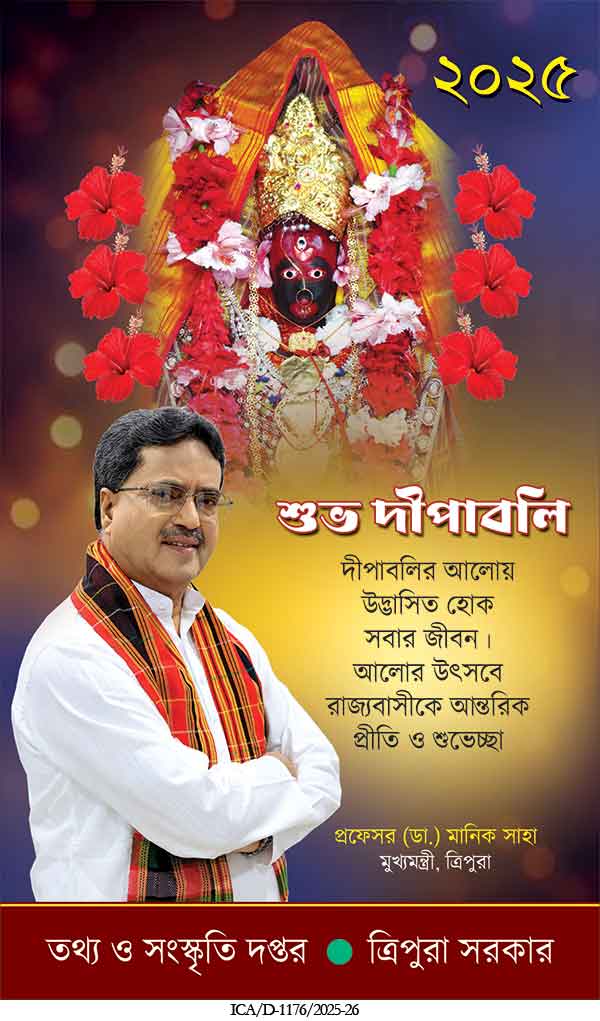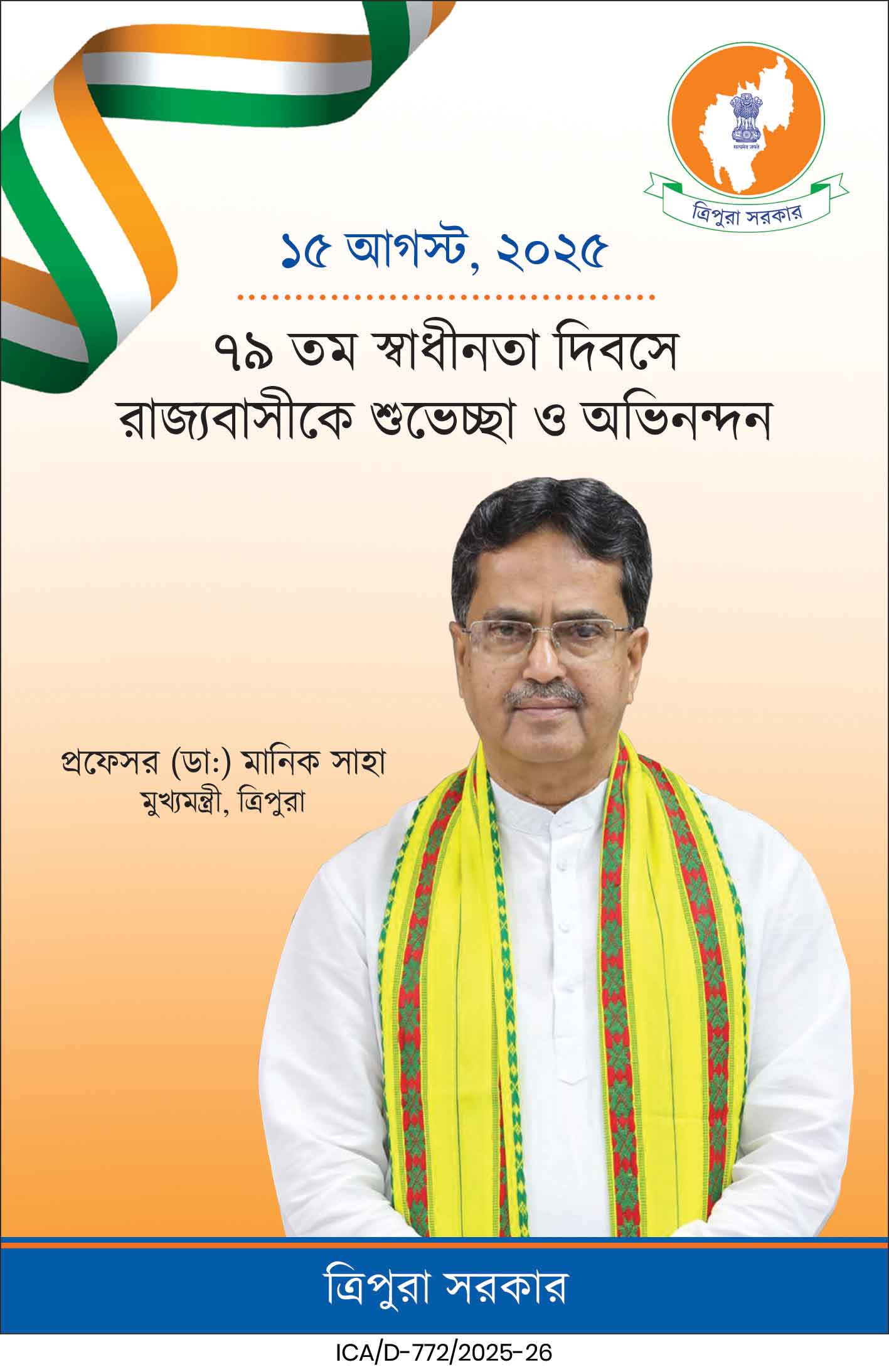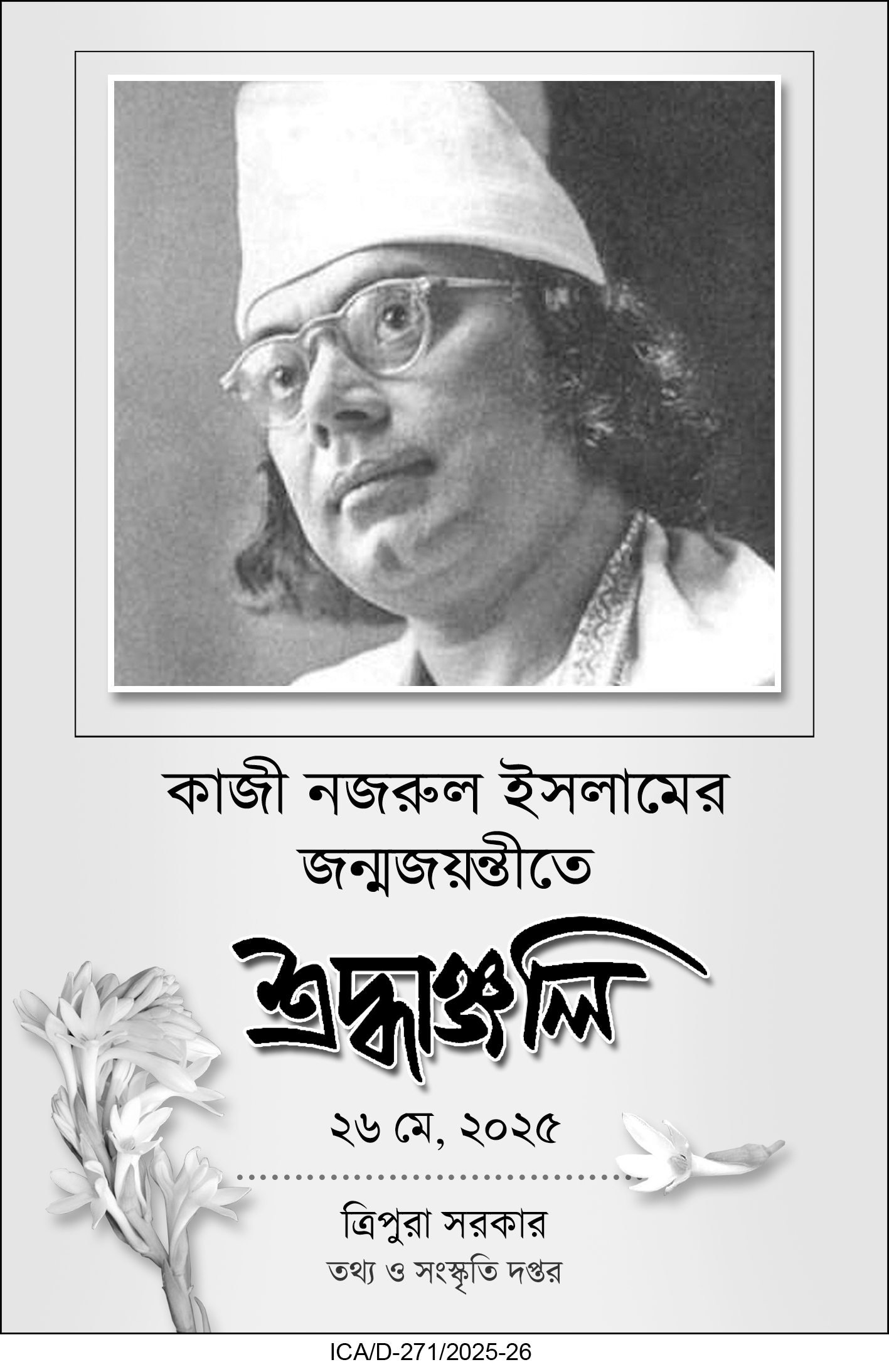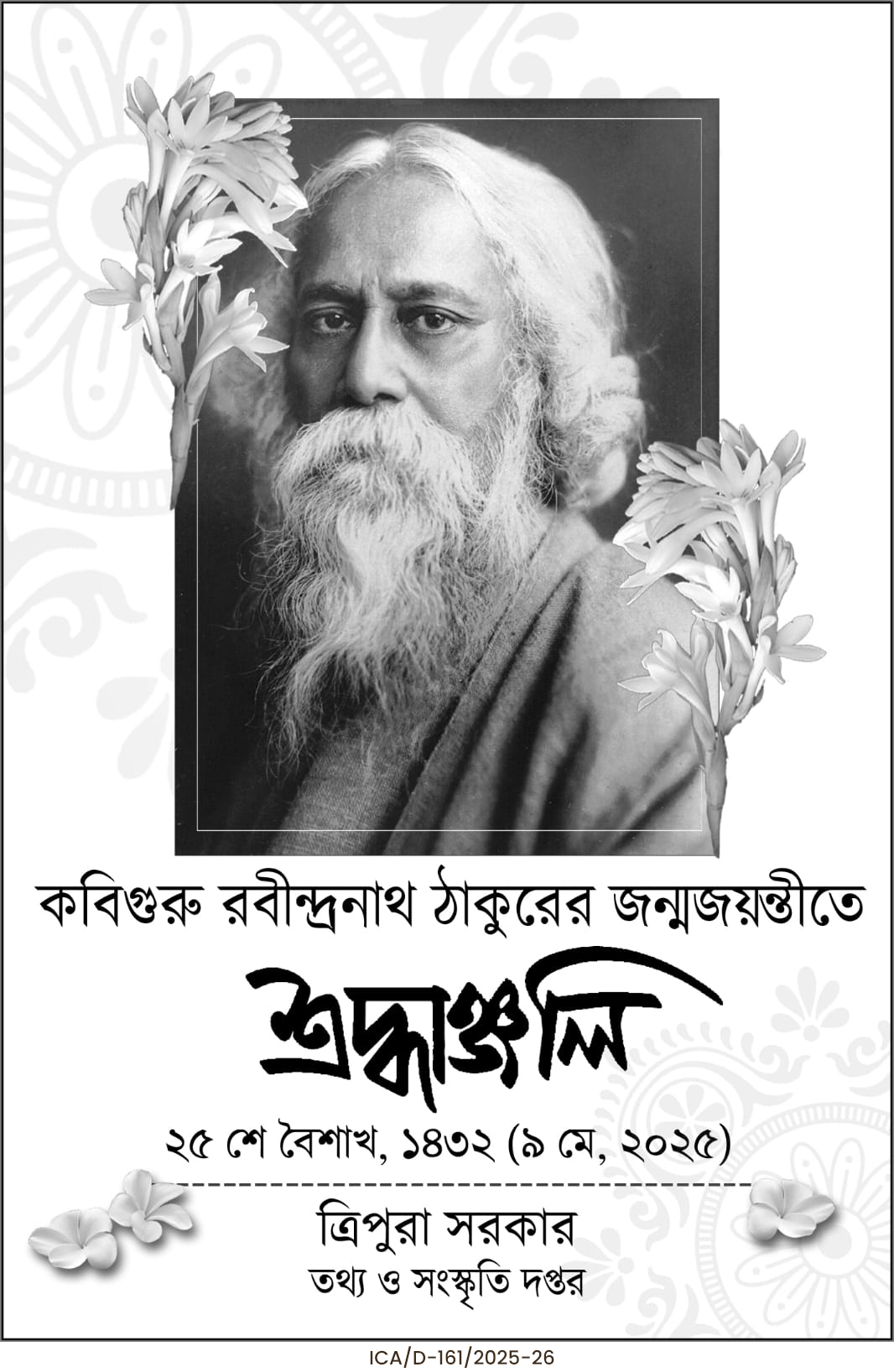

On the 20th May 1971 one of the most henious annihilation of Bangalees (inhabitants of the then province of East Pakistan that had declared it’s Independence from the clutches of their West Pakistani neo colonial counterparts) occurred in a place named Chuknagar under Dumuria of Khulna. The killings were carried out by a contingent of Pak soldiers accompanied by their local collaborators. It started around 10:30 am and continued till about 3 pm. Though the exact number could never be determined,studies estimate the number of killed ill fated Bengalis was no less than 10,000.
Not much has been known or publicised about this enormous mass killing which constitute a part of the overall planned merciless Genocide carried out on Bengali people of the proclaimed new Nation which was then fighting it’s glorious war of Liberation from the occupation military hyaenas of Pakistani army. It was perhaps because of the reason that the place was a very tiny remote one in those days. It was on a refugee trail of people fleeing from the wrath of Genocide by the Pak forces to save their lives and honour of their women folk. Chuknagar lies in the border of three present day Bangladesh districts,namely Khulna,Jessore and Satkhira. It is situated on the bank of Bhodra river that quietly flew through a network of rivers towards Indian borders of West Bengal. Till the Chuknagar massacre day of 20 May,1971,it was considered to be a comparatively safe route for the refugees for crossing over to India. Hundreds of thousands people having permanent residence in the then greater districts of Khulna,Jessore, Barisal and Faridpur have used the route until that fateful date safely to an uncertain but safer future in the Indian soil. Some of them would find themselves in the shanties of relief camps set up by the Indian Authorities and would be provided with ration and supplies which ensured survival. By that day the total number of such safety seekers crossed the mark of few million souls. This figure finally came close to 10 millions. For the Indian Government too it was a Himalayan task to cope with such an unexpected crisis. But India ,spearheaded by the great leader Indira Gandhi was trying to do it’s best.A part of International community that was aware,by then about the magnitude of the barbarity in Bangladesh also started chipping in their help and supplies for the refugees.
From the camps the younger generation would like to join a guerilla training camp soonest to fight for the liberation of their Motherland from the clutches of the atrocious occupation army and their collaborators. Many of them would make it. Some would not because of age bar and strict screening.
As every other day since early April, on the 19th of May a Monday night an estimated number of between 50 to 60 thousand people seeking refuge and safe shelter in India gathered in Chuknagar area and spent the night wherever possible (Potakhola beel,Kanchanazar chandni,Football field,Kalibari,etc.) under inhuman conditions with a ray of hope that their nightmare of being haunted will be over the next day. Indian borders were close by,they knew. Somehow they had to spend the night and their ordeal would be over. The early morning sun rose and with it their hopes shone bright. Since morning some started to prepare their simple breakfast,some embarked on their onward journey where some new safety seekers (who spent the night in the vicinity of Chuknagar) started showing up. This refugee trail was till that time a comparatively less risky one. Consequently it was being used by many. Tuesday,the 20th May,1971 turned out to be a devastating day. It became the spot of the single biggest mass killing of the 1971 Genocide committed by the henious mass murderers of Pak occupation army in Bangladesh. The world has perhaps never seen the peril of such a big number of human beings in such a short period of time. Yes,I mean it. Even in the Nazi concentration camps,or in the killing fields of Cambodia,or for that matter in Rwanda,we dont find 10 to 12 thousand of people killed at a single place within 5/6 hours. That was the terrible magnitude of the barbaric atrocity and inhuman killing spree of the Pakistani authorities,their unprofessional army/allied forces and their local Bengali collaborators. The biggest concentration on the refugee trail at Chuknagar was on the bank of the Bhodra river,about two kilometers from Chuknagar bazar. At around 10 AM three trucks of Pak army approached the Bazar. All the soldiers were armed. They carried light machine guns and automatic rifles. There were some Bengali people working as their guides. They covered their faces to remain in disguise. These killers alighted from their vehicles and proceeded towards the concentration of the crowd. At about 10:30 they struck. A local farmer who was working his fields nearby rushed towards the convoy to convince them not to do any harm to the innocent people. The morons would not listen to any argument. They were briefed that they are being dispatched to kill infidels and that way they will make Pakistan a pure Muslim land. Chikan Ali Moral was mowed down to the ground with a volley of bullets. Immediately there upon started indiscriminate firing in all possible directions. Though most of the people killed were male,women and even children were not spared.
With time the number of fallen swelled to thousands. Those,who were at considerable distance could flee but not all of them succeeded. The murderous killers ran after them and continued releasing their bullets into the crowd. Magazines after magazines were emptied. The carnage continued upto about three in the afternoon. Bhodra river turned red with flowing blood of the martyrs. Corpses were left lying in the fields all around. The river was full of floating dead bodies. Some people trying to save their lives by jumping into the Bhodra river and swim away were shot at and killed. The escape route to India was through the river by boat. Boat full of refugees were brush fired. Few of course could flee and survive. Some of them are still living to tell the story of their plight.
When the convoy pulled back,the local people appeared at the scene of the devastation to help anyone who was still surviving. They also took as much care of the dead bodies as was possible under those extenuating circumstances. Some bodies were buried in mass graves while most were floated in the river Bhodra to be carried away by the river current. An infant was found sucking at her dead mothers breast. The infant girl was taken home by Ershad Ali Moral the son of Chikan Ali. The girl coming of a Hindu family was brought up by the great soul Ershad’s family and is currently working under a Bangladesh Government agency. She was given the name Sundari Bala by Ershad. Both Ershad and Sundari are still living and Ershad is a witness and sufferer of the Genocide. After that horrifying experience of mass killing,the local people took care and guided the fleeing refugees to other routes. This refugee trail was no more in use as before. 10/12 thousand people who were killed in this Genocidal act were from different places of the south western part of Bangladesh. There were hardly any locals. Seven months after this massacre Bangladesh Liberation Forces succeeded in liberating their Motherland from the Pak army with help and active support of India. But by then whole Bangladesh had seen massacres and destruction of different magnitude all over the land. The country devastated by the scoched earth policy of the Pak military had to spring into action to rebuild itself. The sad and grueling story of the Genocidal mass killing and massacre gradually faded out into oblivion. This refugee trail was mostly used by the very very low income group of the population. Some of them stayed back in India even after the war was won by Bangladesh Liberation Forces,aided by India. This is because of the fact that the bread earner of the family was lost in Chuknagar massacre and since their belongings back home were subjected to arson and looting they thought it better not to return,if they could find minimal survival means in India. Of course, most of the refugees returned to their respective homes. But their voices were not strong enough to be heard. A local organisation led by an educationist has been trying tirelessly to atteact the attention of their compatriots, Government and the whole world to this huge massacre and it’s proper recognition and reparations. So far,limited success has been achieved. A memorial structure has been erected by the Bangladesh Government at the site to commemorate the Martyrs of the mass killing. However,the magnitude of the Genocidal act by Pakistanis certainly calls for more to be done. It is learnt that the Government is mulling the construction of a befitting memorial and other options to keep the memory of Chuknagar massacre day. It is a crying need of the day to:
1. Build a proper Martyrs remembrance memorial in Chuknagar.
2. To observe the massacre day with due solemnity.
3. To include write ups about the atrocities of the Pak occupation army vis a vis the annihilation of such a big number of Bengali people within such a short time in the text books. This will imbibe the young generations with the feeling of patriotism and tell them the story of supreme sacrifice of their forefathers.
4. Fact finding and research work must be taken up immediately to make a list of the Martyrs of the incident before it is too late.
5. This comparatively less publicised great massacre of Bangladesh War of Liberation should be widely publicised to make Bangladeshis and rest of the world aware of this Genocidal mass killing.
6. Strong action should be taken and all endeavours enhanced to achieve recognition of 1971 Genocide in Bangladesh committed by Pakistani Government and military. Chuknagar atrocities have to be well documented as a tool to achieve that recognition.
7. Unconditional apology and proper reparations must be achieved from Pakistani Government for the 1971 Genocide covering all their Genocidal acts during the War of Liberation including the mass killings of Chuknagar.
With time the voice of justice seekers is becoming louder. This year many organisations have chalked out programmes to commemorate the day at Chuknagar and many other cities of Bangladesh including the capital Dhaka. Amongst them Aamra Ekattor(We, the torch bearers of 71) has drawn elaborate programme to observe the day. Their members from all over the country and their sympathesisers from all over the country will converge at Chuknagar on 20May,lay floral wreaths in the bank of Bhodra river and float flowers along the current of the river to honour the Martyrs of the mass killing. A public condolence meeting will be held in the afternoon participated by different organisations representing different sections of Bangladesh society. In the evening a grand light and sound show will be arranged depicting the history of the ill fated Martyrs and the significance of their supreme sacrifice. The show will instill the feeling of patriotism in the hearts of Bangladeshis and unite them in demanding recognition of 1971 Genocide. Print and TV media have been organised so that the events of the day get wide media coverage. Some TV media are reportedly arranging to broadcast the events live.
Bangladesh Government has already taken up the issue of 1971 Genocide recognition. All Bangladeshis and freedom and justice loving people of the world should unite behind this proper demand to make the International Recognition a reality. The recognition has started coming. New York based leading Lemkin Institute for Genocide Prevention and another organisation namely Genocide Watch have already recognised the 1971 Genocide. But there is a long way to go further. 1971 Genocide recognition should be achieved from different countries,the UN and other International bodies. The onus is on us Bangladeshis to strive to achieve the International Recognition.





